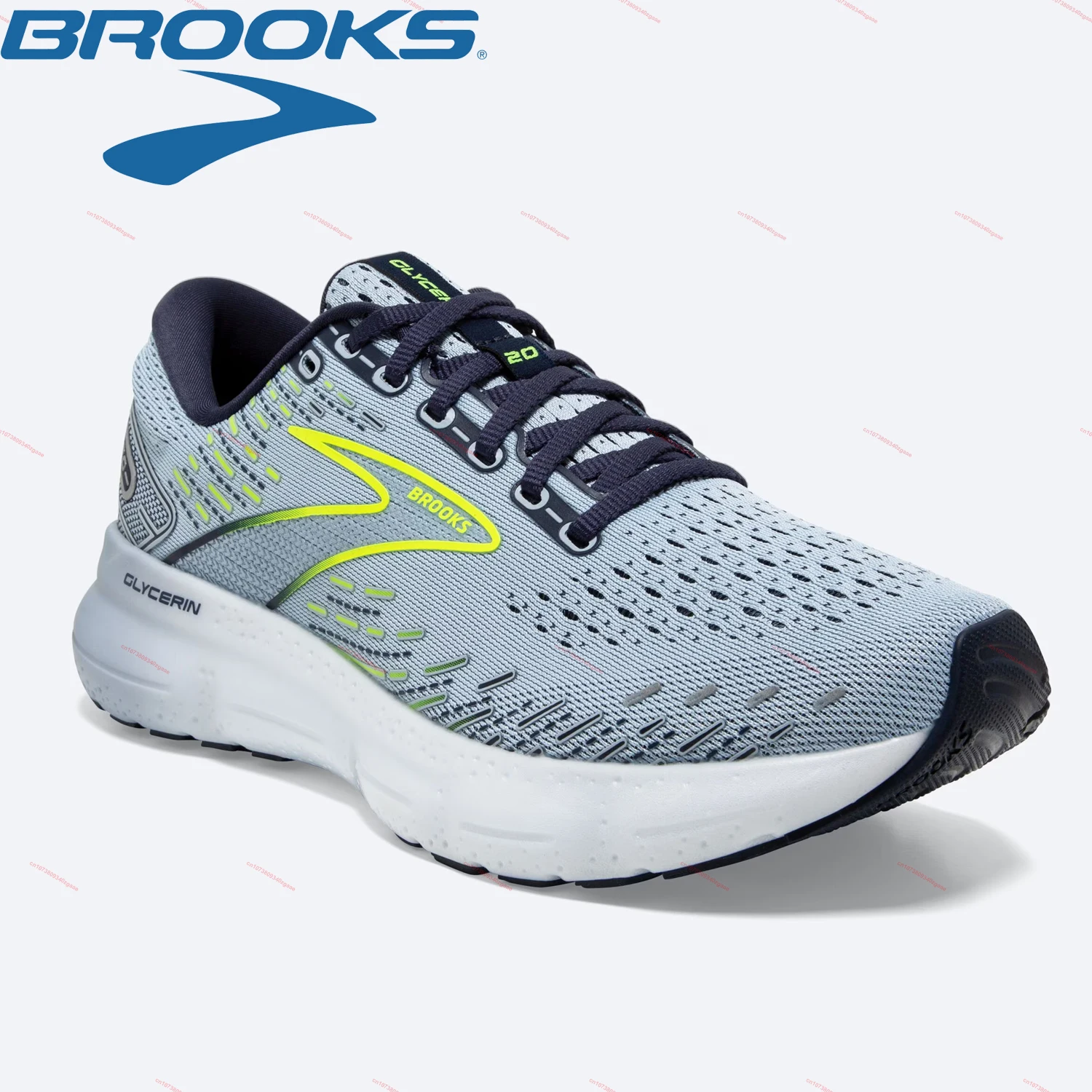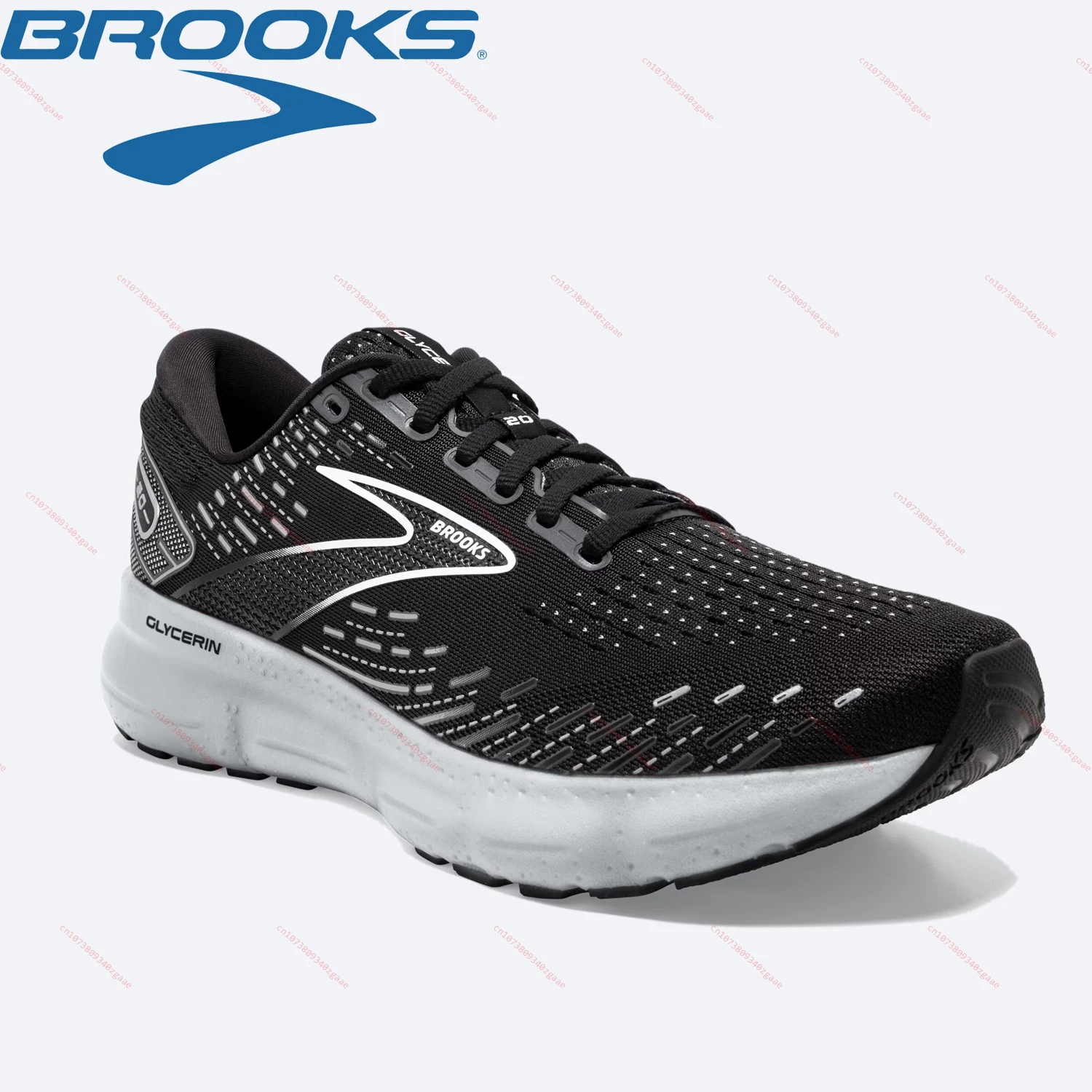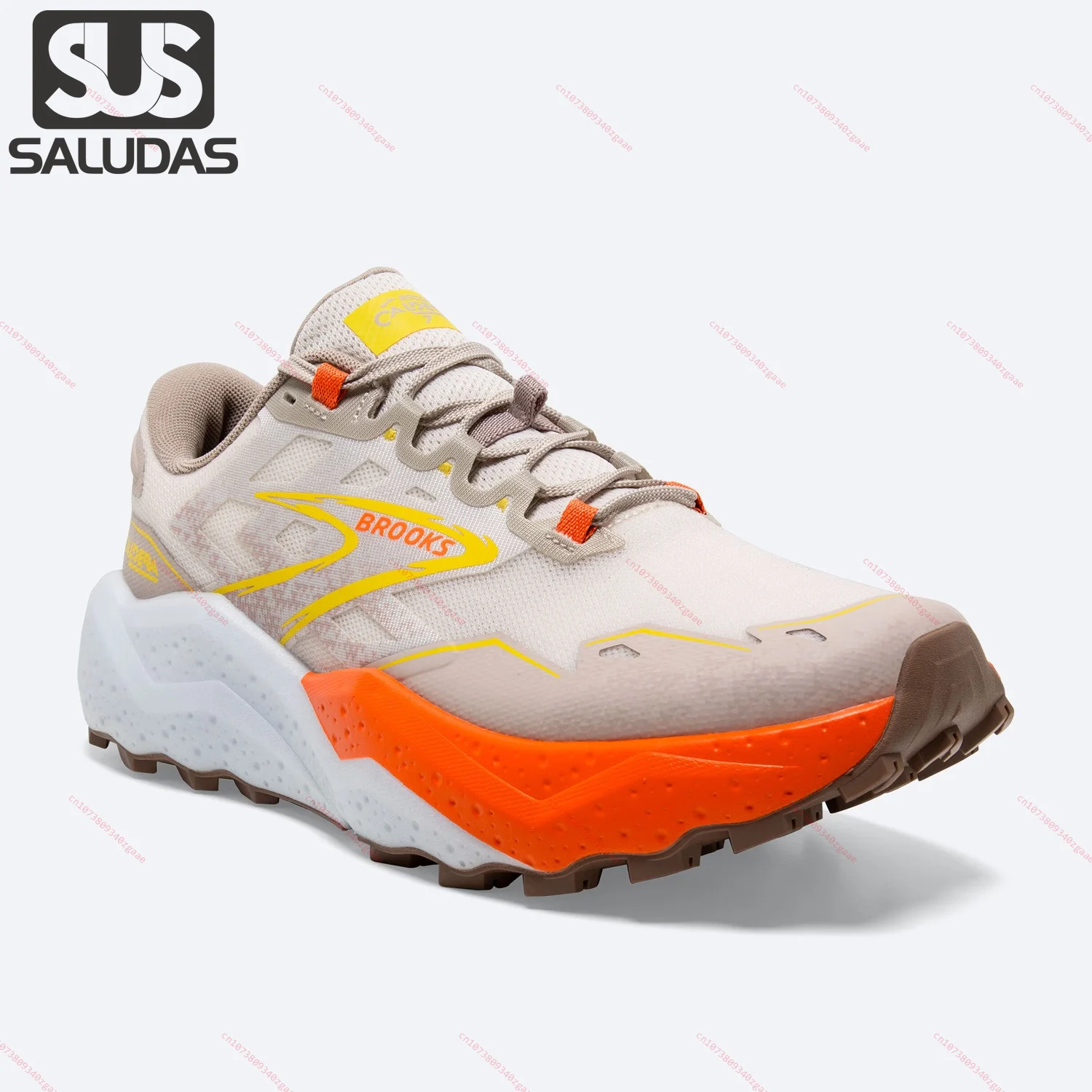Can Humans Train to Run Barefoot and if so How Does it Compare to Running with Shoes?
Barefoot running has gained popularity in recent years, with proponents claiming it improves foot strength, running efficiency, and reduces injuries. However, transitioning to barefoot running requires proper training to avoid potential risks.
Benefits of Barefoot Running:
- Foot Strengthening: Barefoot running strengthens the foot muscles and arches, improving balance and stability.
- Improved Running Form: Absence of shoes allows for a more natural running gait, reducing the impact force on the body.
- Reduced Injury Risk: Shoes often mask underlying foot problems, while barefoot running promotes proper foot biomechanics and reduces the risk of certain injuries.
Transitioning to Barefoot Running:
- Start Gradually: Begin by running barefoot for short distances on soft surfaces like grass or sand.
- Listen to Your Body: Pay attention to any discomfort or pain and rest when necessary.
- Strengthen Your Feet: Perform foot exercises such as calf raises, squats, and toe taps to strengthen the muscles and tendons.
- Be Patient: Transitioning to barefoot running takes time and consistency. Allow several months for your feet to adapt.
Comparison to Running with Shoes:
- Cushioning: Shoes provide cushioning and impact protection, while barefoot running lacks this feature.
- Stability: Shoes offer support and stability to the ankle, which may be reduced in barefoot running.
- Protection from Hazards: Shoes protect the feet from sharp objects or uneven surfaces, while barefoot runners must be more cautious.
- Terrain: Barefoot running is best suited for soft and even surfaces, while shoes provide more versatility for different terrains.
Conclusion:
Humans can train to run barefoot with proper training and gradual transition. Barefoot running offers potential benefits for foot health, running efficiency, and injury prevention. However, it's important to consider the differences in cushioning, stability, and protection compared to running with shoes and to transition gradually to avoid risks.
FAQs:
- Can I run barefoot on all surfaces? No, barefoot running is best suited for soft and even surfaces.
- How long will it take to transition to barefoot running? It varies, but typically several months of gradual training.
- Is barefoot running better than running with shoes? It depends on individual preferences and goals. Both have their advantages and disadvantages.
- Can barefoot running cure foot problems? It can help strengthen the feet and improve biomechanics, but it may not cure all foot conditions.
- Is it safe to run barefoot if I have flat feet? Yes, but start gradually and consult with a medical professional if you have concerns.
Related Hot-Selling Products:
- Asics Running Shoes
- Nike Running Shoes
- Adidas Running Shoes
- Brooks Running Shoes
- Hoka Running Shoes
Pre:Why are there so few tall running backs in the NFL
Next:Does coffee weaken my running jogging performance



















